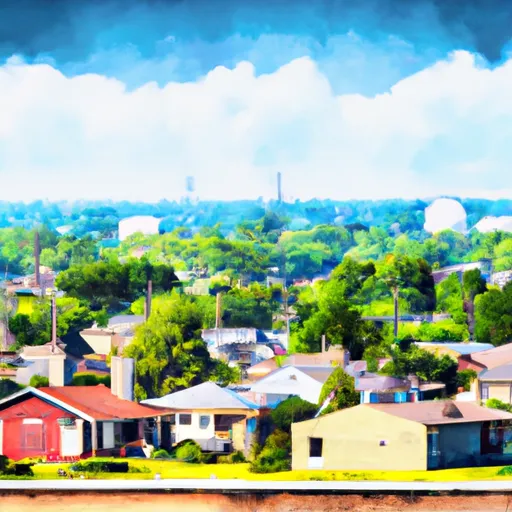°F
°F
mph
Windspeed
%
Humidity











Hicks, Louisiana is a small town located in Vernon Parish. The area experiences a humid subtropical climate with hot summers and mild winters. The hydrology constituents include the Sabine River, which runs along the eastern border of the town, and various creeks and tributaries. Outdoor recreation opportunities include fishing, boating, and hiking in nearby Kisatchie National Forest. The forest offers over 600,000 acres of wilderness to explore with trails ranging from easy to moderate difficulty. The nearby Toledo Bend Reservoir is also a popular destination for fishing and boating. Overall, Hicks offers a great opportunity to experience Louisiana's natural beauty and enjoy outdoor activities.
Weather Forecast
Hicks receives approximately 1476mm of rain per year, with humidity levels near 80% and air temperatures averaging around 19°C. Hicks has a plant hardyness factor of 8, meaning plants and agriculture in this region tend to thrive here all year round.
Regional Streamflow Levels
36
Cubic Feet Per Second
1,560
Cubic Feet Per Second
1,420
Cubic Feet Per Second
1,090
Cubic Feet Per Second
Nearby Camping
| Camping Area | Reservations | Toilets | Showers |
|---|---|---|---|
| Kisatchie Bayou Complex | |||
| Hodges Gardens State Park | |||
| Dogwood Complex | |||
| Sam Houston Jones State Park | |||
| Enduro Complex | |||
| White Oak Park |



